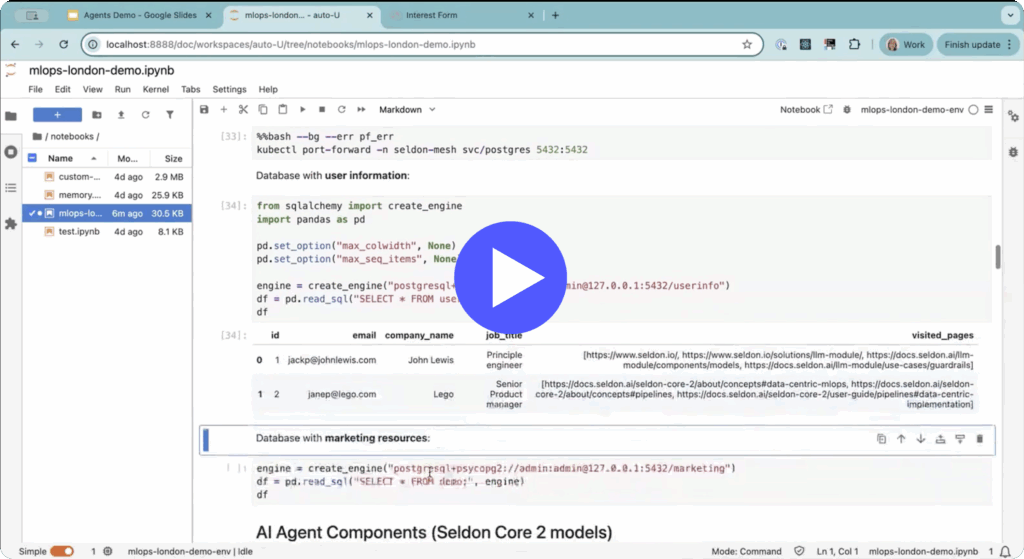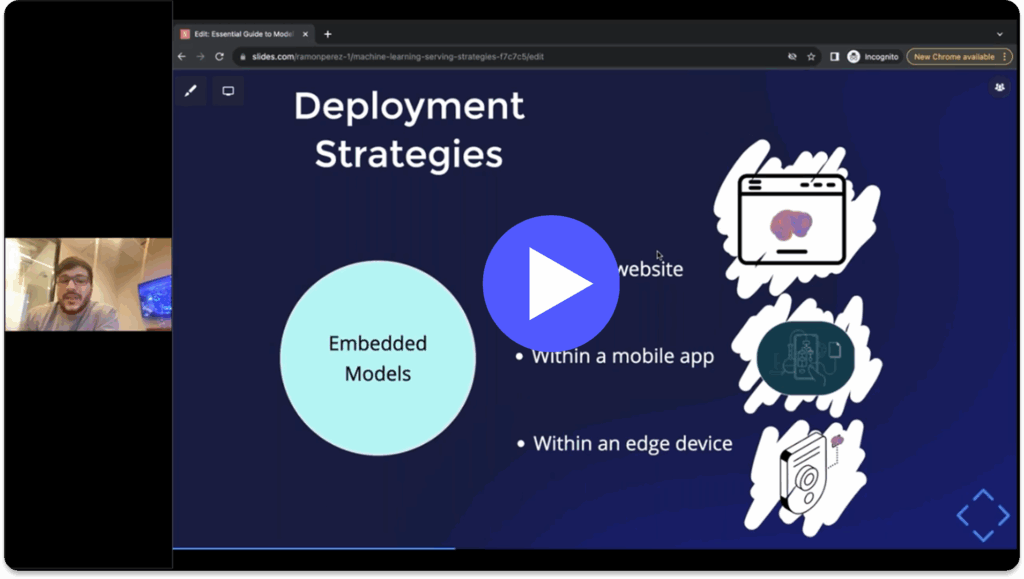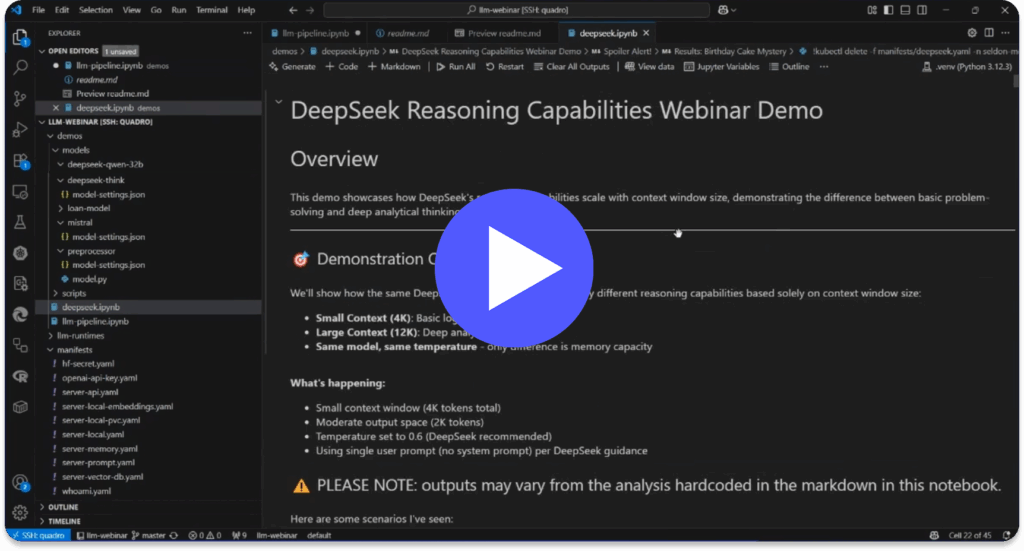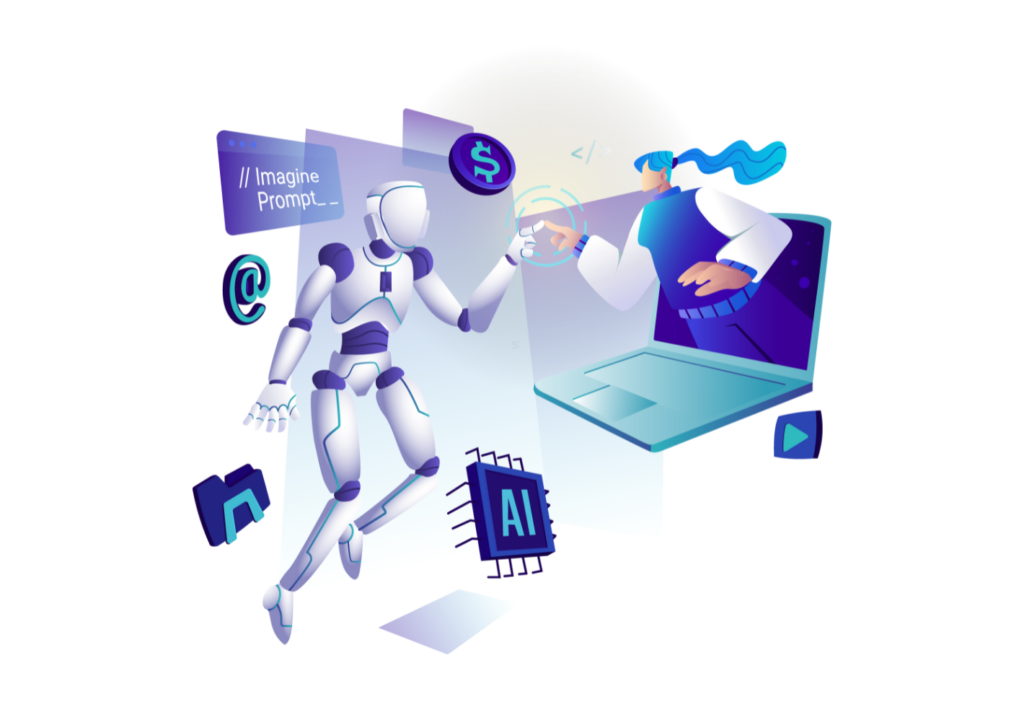If you’re a retailer looking for innovative approaches to engage customers, sometimes the answers are more available than you realize and found in evaluating company data. Data analysis provides insights to help you increase consumer engagement with the right products, services or messaging at the right time, through potentially multiple devices. However, evaluating large sets of data can often be a hurdle for retail companies, let alone turning this into actionable insights and optimising activity. This is where personalization through machine learning can accelerate your efforts and catalyze performance at scale.
Personalization Through Machine Learning in Action
Personalization through machine learning offers a scalable and accurate way to achieve unique experiences for users on an individual level. Instead of segmenting users with rule-based personalization such as demographics, it allows you to utilise models in order to deliver these one-to-one experiences, usually in the form of recommendations for products, services or content.
In addition to accelerated performance for the retailer, it’s important to realize that it creates a better experience for customers:
- 90% find personalization somewhat or very appealing
- 80% are more likely to make a purchase from a brand that offers personalized experiences
- 72% say they only engage with personalized messaging
- According to a Gartner study, the majority of respondents felt that personalized messages geared toward helping consumers gives them a better deal, and nearly half feel it saves them time.
Personalization through machine learning comes in many forms. Starbucks for example, launched a mobile app that combines data from its loyalty program with personalization. This gives customers the ability to fully customize, pre-order and pick up drinks from any location in the US. Currently, the app drives approximately 22 percent of all US sales.
Another example is Amazon, who build profiles on their buyers and automatically serve them products and messaging optimized to these patterns. You may have been online shopping for tennis rackets, so then not only is your homepage now displaying these, you are receiving emails on similar products, push notifications on your phone when you haven’t completed a purchase, but also ancillary products you may not have originally considered. An example of this would be buying products designed for babies, and then not only will Amazon build a data picture through your buying habits, it will also factor in that these interests will evolve as the child grows. After its deployment, Amazon experienced a 29 percent increase in sales over the same quarter in the previous year.
Sephora is pushing the boundaries of e-commerce innovation by personalization through machine learning, with an application that assists retail consumers in identifying certain hues by merely submitting a photo. This innovation will be an organic addition to Sephora’s online shopping experience, stimulating purchases and allowing customers to visualize a product’s benefits after the purchase.
Essentially, personalization through machine learning is a way to match the right digital content to customers. Companies are using it to present products and special offers in ways that align to their customers’ preferences and habits. It has made brands more valuable and relevant, enhanced customer engagement and satisfaction and has had a profound effect on sales and top line growth.
Why now is the time to leverage machine learning
Data is an asset to any retail organization, and leveraging machine learning enables data scientists, marketing teams and their systems to autonomously learn automatically and enhance its recommendations. To aid the effectiveness of this, leading retailers will collect data across multiple data points including their website, applications, email engagements and membership cards. The more data the retailer collects on its customers, the more it understands its customers and the better experience it can provide.
Machine learning was initially employed in the retail business to automate daily activities, such as robotics refilling stock, and chatbots responding to customer questions and proposing products. However, the application of machine learning in retail is no longer limited to physical automation or the substitution of humans. Its scope has grown to include automated data processing, data-driven insights and decision-making, payment processing, and more.
Algorithms for machine learning for customized offers and suggestions
Collaborative filtering
Collaborative filtering is when algorithms are based on reviews and engagements of similar minded people, usually based on demographics but can include similar historic behaviours. The platform will use this information to serve products or content to similar audience members who have engaged or positively reviewed certain products. An example of this would be affiliate online clothes retailers serving recommendations to people based on their height, age, or brands they engage with.
AB Testing
This is the process of learning by serving split or multivariate tests to users to understand what they engage with, and continuously improving as more information is gathered on the user. Netflix are well known for their AB testing through the content they serve and how they serve it (such as images shown). Netflix also invests heavily in AI and personalization through machine learning to power its recommendation engines.
Classifiers
This model type converts visitor characteristics into a number that represents the probability of a user taking certain actions. Classifiers are considered to be supervised models which mean they use existing data for training as they try to find the probability of response to certain stimuli from users with predetermined characteristics or “features”. These predictions are then applied to live data.
Setting up for success
Give context to the audience
Research has shown that users don’t often understand why a recommendation was given. Unfortunately, sometimes ML models are simply too complex to explain succinctly due to extraneous circumstances. Our recommendation is to provide a well-reasoned explanation of why they’re seeing what they’re seeing – something Instagram offers to their audience through their advertising.
Factor external context
Predictions change in different contexts, and if not taken into consideration, can have a lasting, negative impact. For example, if the classifier model omits a detail during training that’s directly tied to user behavior (such as seasonality) the experience negatively affects customers. To mitigate such an occurrence, reinforcement models can be used as an alternative, since they constantly re-test their predictions to identify different trends, and require less effort to supply context-sensitive results. However, these models need to be used cautiously since they require a large amount of traffic for accurate results.
Communicate and collaborate
For those looking to play an active role in creating a model, offering a clear idea of possible inputs you want the model to use, what outputs you expect to receive from the model and thinking of a possible data set for training is a good place to start from.
Start small, keep it user-centered
Like most projects, a key for long term success in personalization through machine learning is to start small and limit risks, and then gradually build out all facets including customer data and models. Start with the end in mind, create objectives around the user experience and engagement, and break these down to actionable milestones.
Personalize customer experiences and increase engagement with Seldon
With over 10 years of experience deploying and monitoring more than 10 million models across diverse use cases and complexities, Seldon is the trusted solution for real-time machine learning deployment. Designed with flexibility, standardization, observability, and optimized cost at its core, Seldon transforms complexity into a strategic advantage.
Seldon enables businesses to deploy anywhere, integrate seamlessly, and innovate without limits. Simplified workflows and repeatable, scalable processes ensure efficiency across all model types, while real-time monitoring and data-centric oversight provide unparalleled control. With a modular design and dynamic scaling, Seldon helps maximize efficiency and reduce infrastructure waste, empowering businesses to deliver impactful AI solutions tailored to their unique needs.
Talk to our team about machine learning solutions today –>







